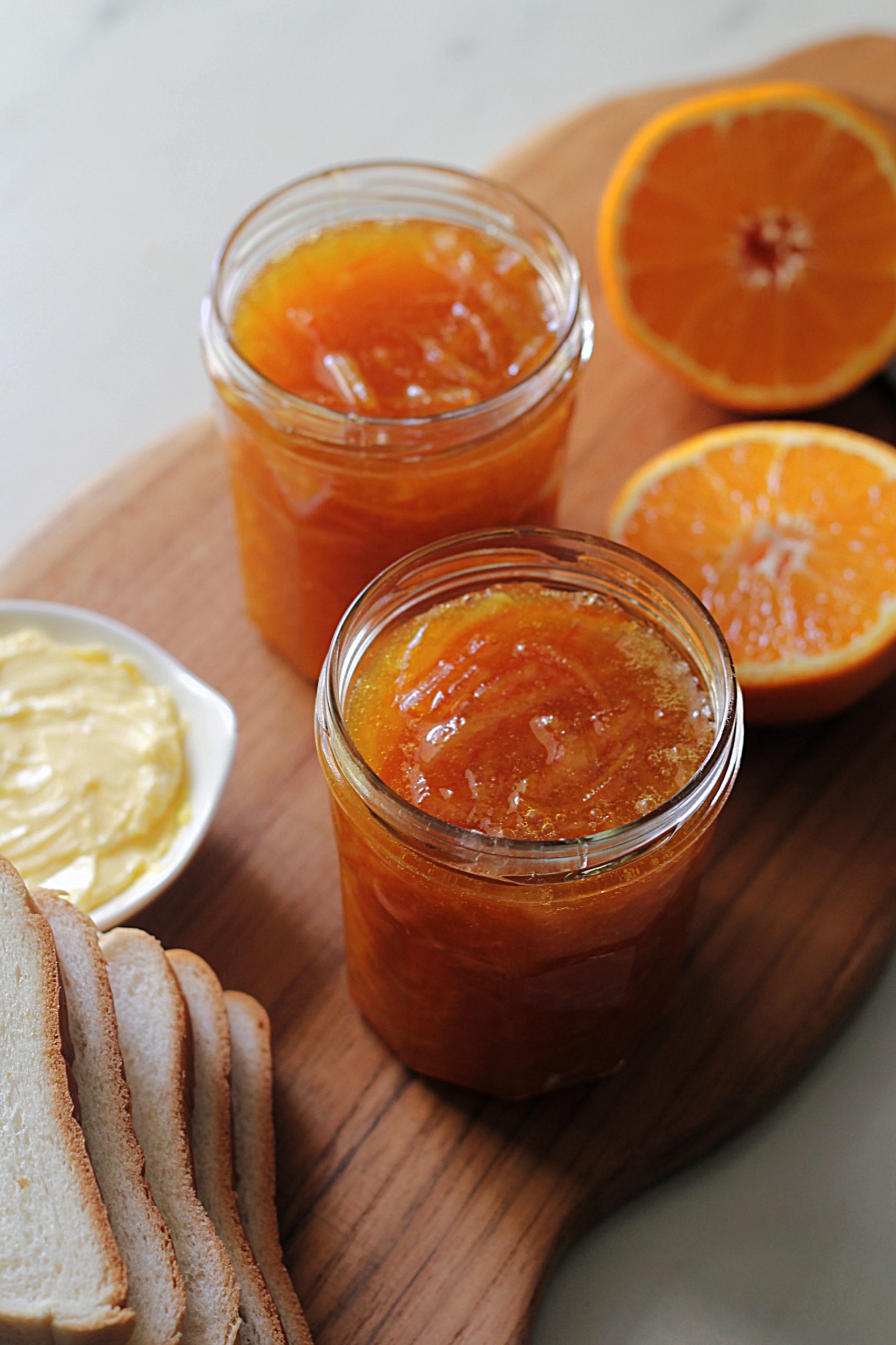
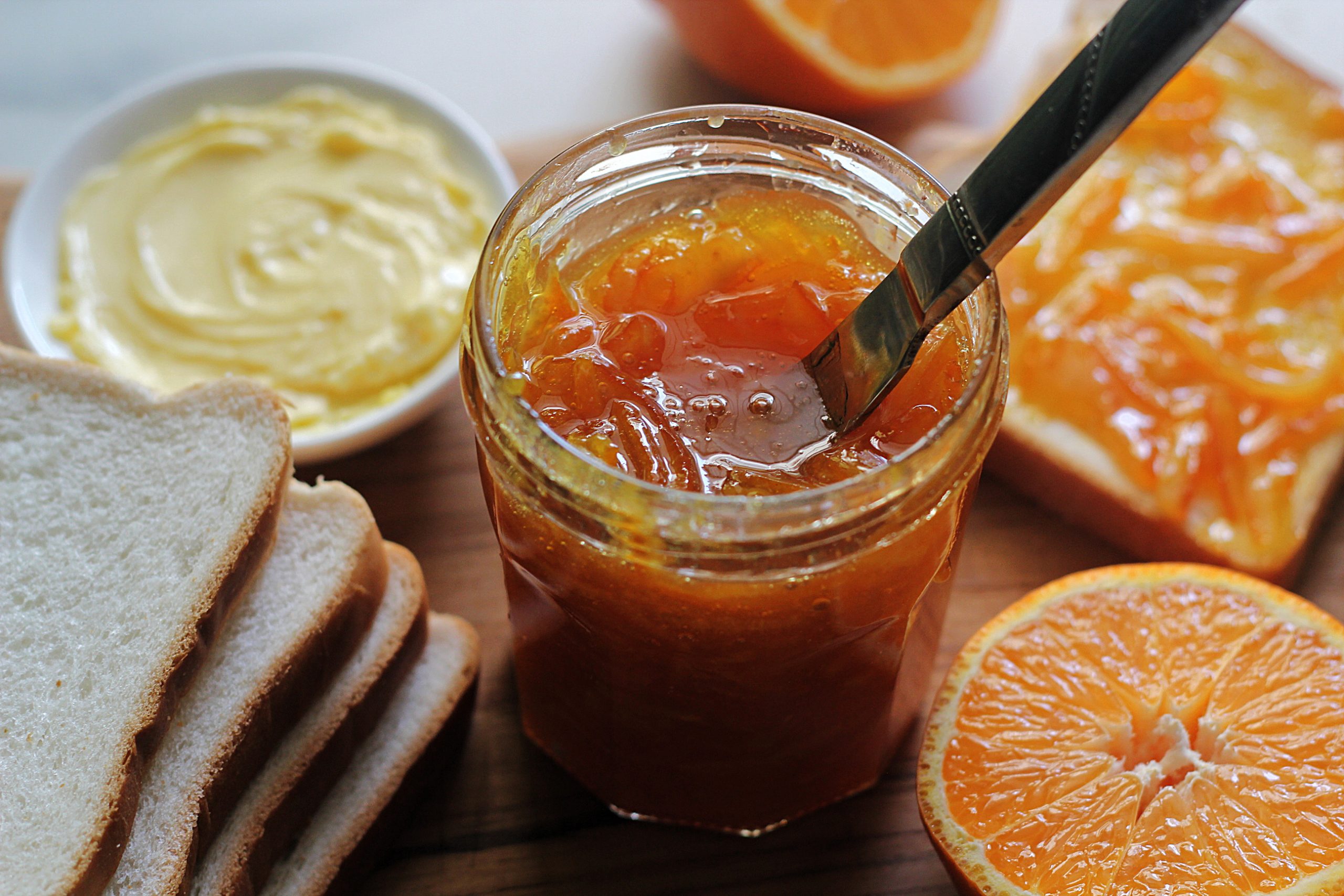
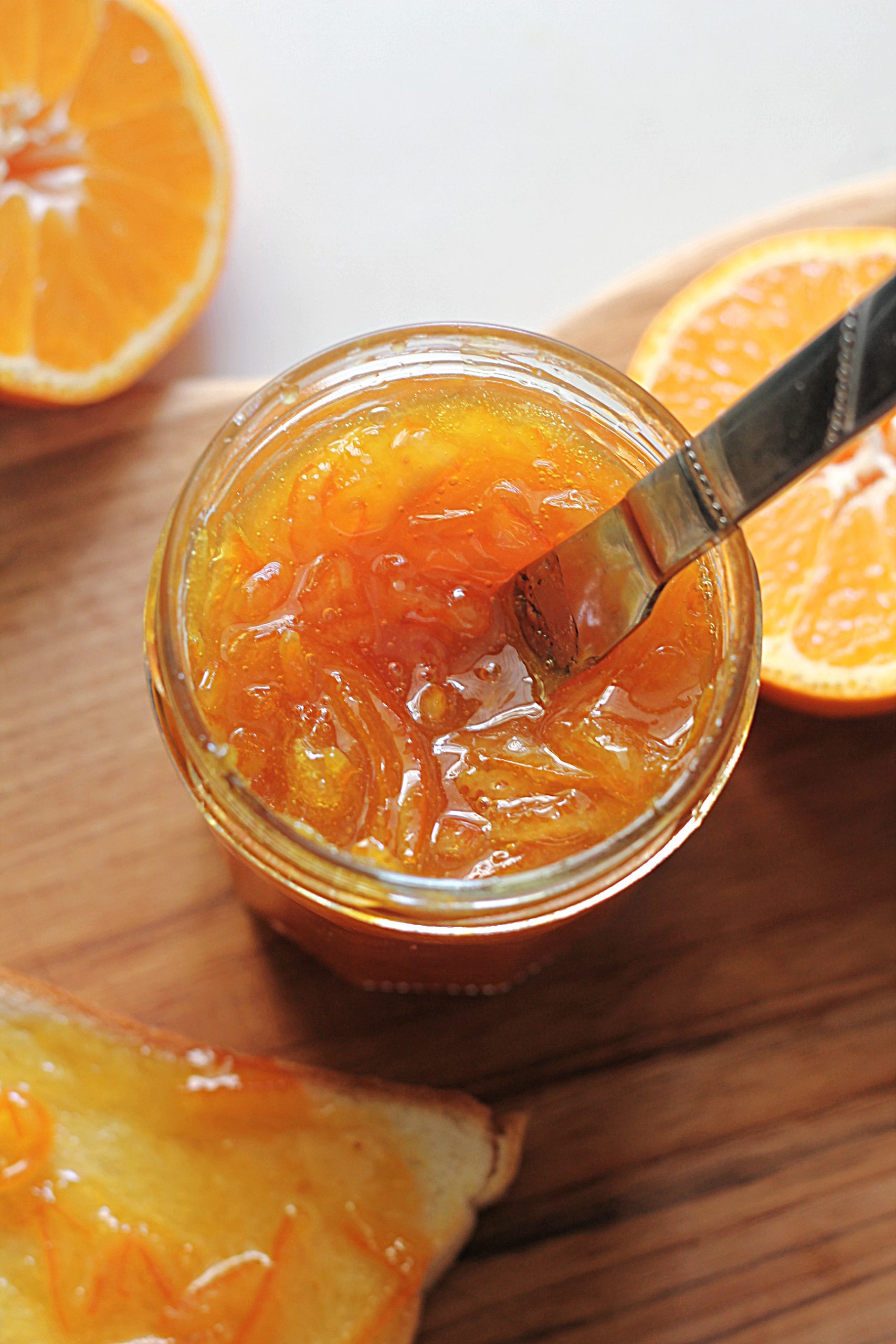
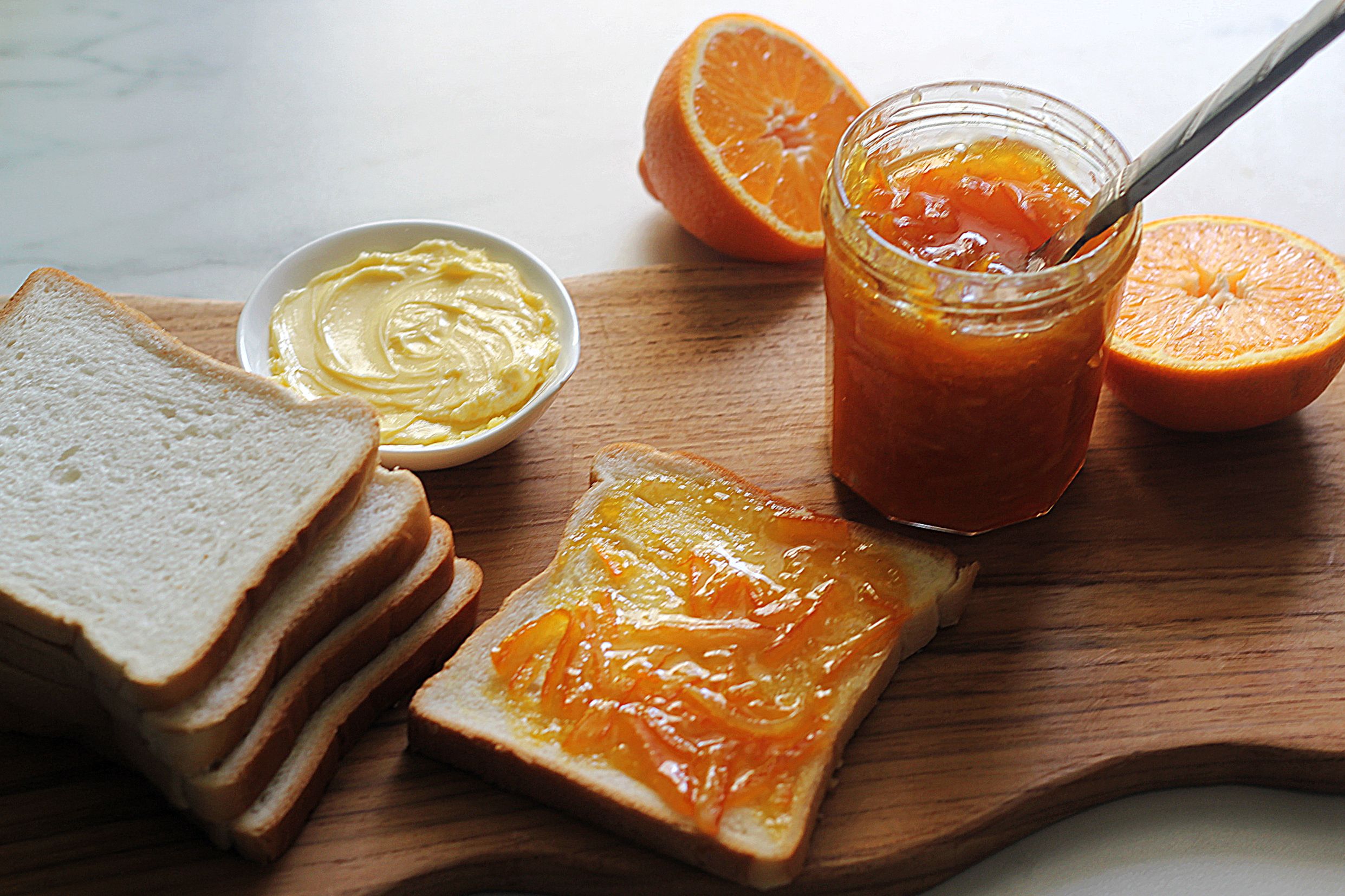
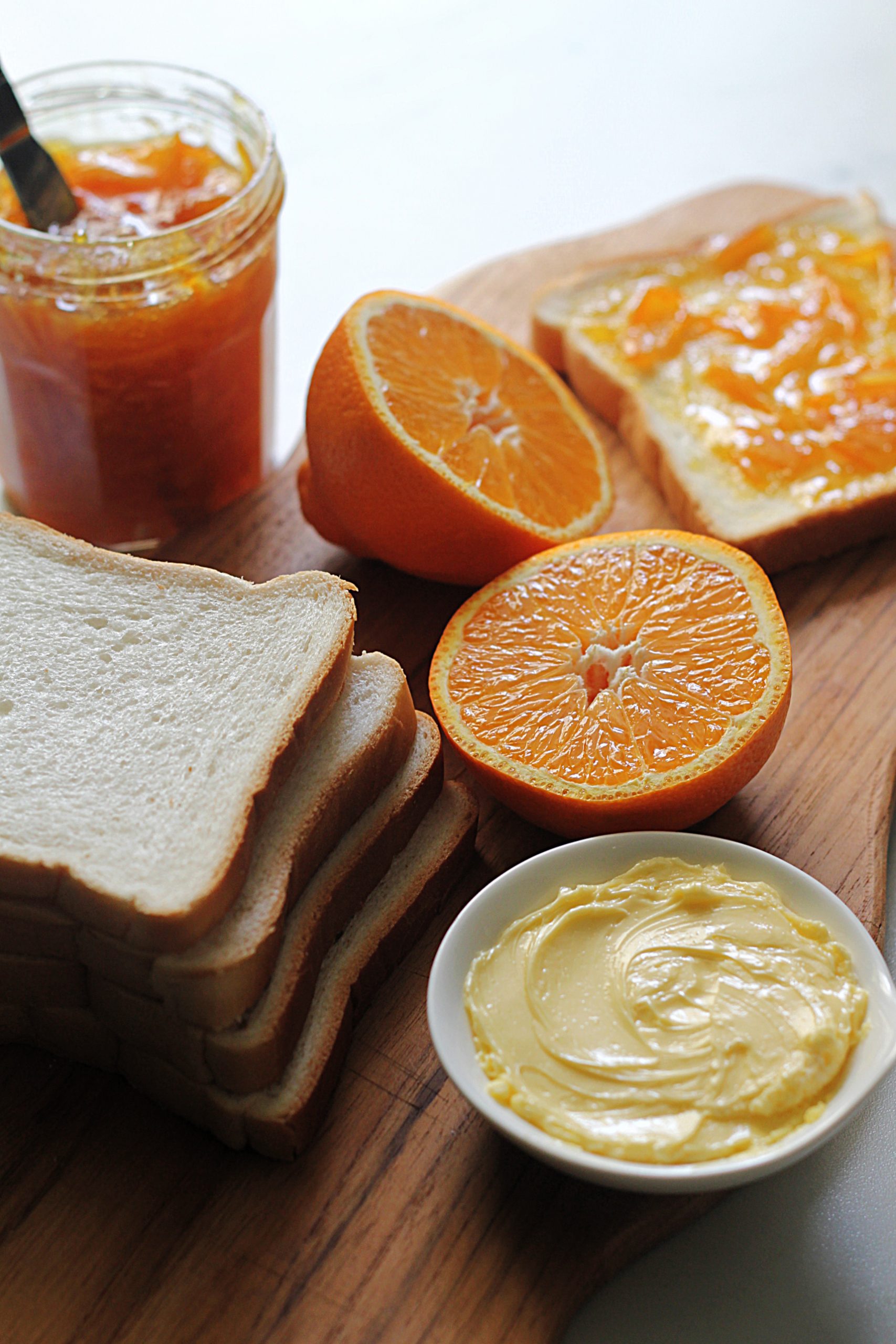
Fresh Fig Jam
Strawberry Jam
Ginger Preserve
Mango Chutney
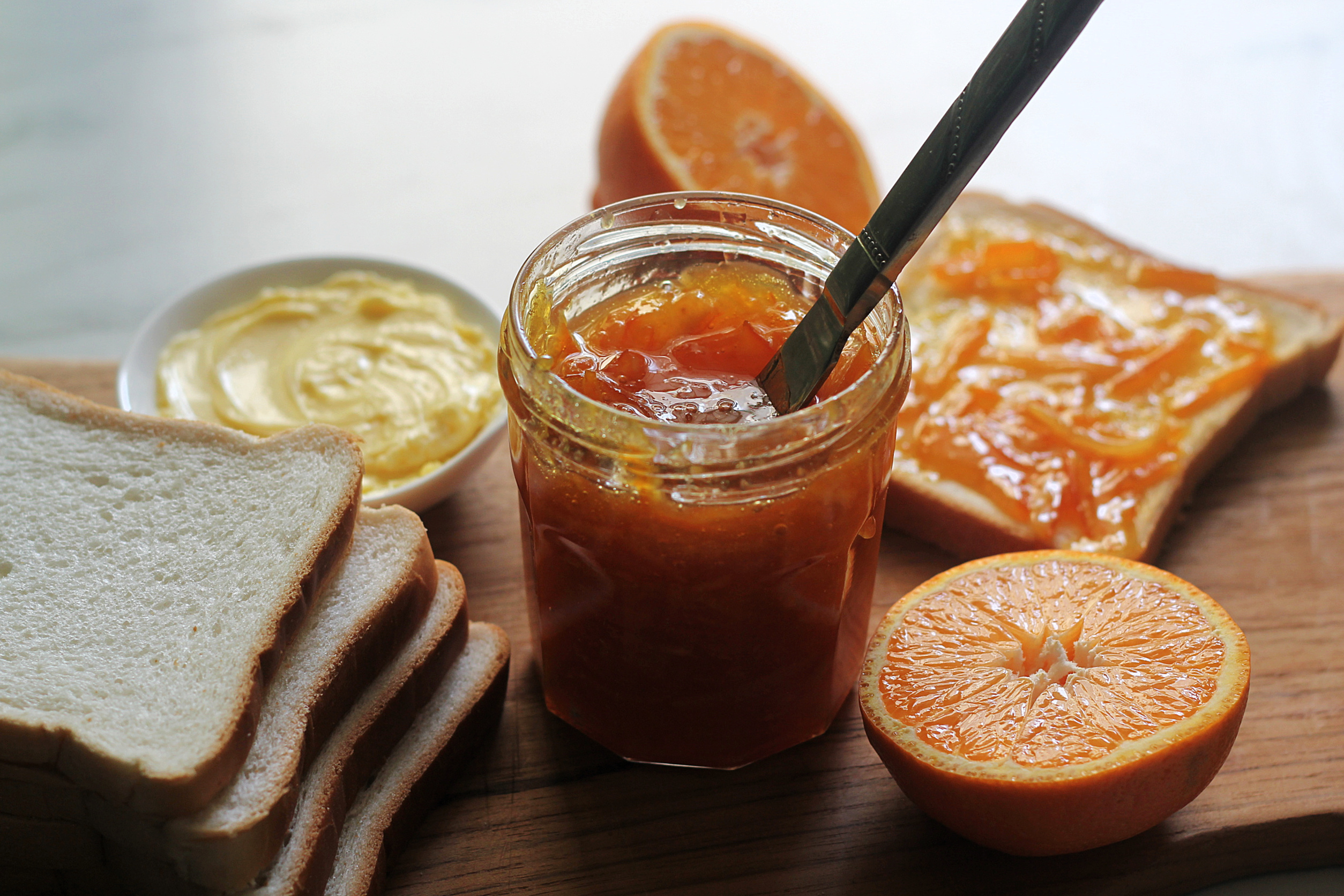
New here? Subscribe to my free newsletters with my latest recipes!
Tried my recipe? Do leave a comment on this post down below and don’t forget to give it a star rating! It will really help more readers discover my recipes! Do share a picture on Instagram and tag me @ruchikrandhap and I will feature your post in my stories!
Don’t forget to check out my latest videos on my YouTube channel. If you like what you see, do give me a thumbs-up (like), share & comment and subscribe to my channel so that the gods of YouTube (a.k.a algorithms) recommend my channel to a wider audience with similar tastes and more & more people can discover my videos!
And while you’re here, do follow me on Instagram,Pinterest, Facebook and Twitter. If you’d like to say hello or have detailed queries do send an email at ruchikrandhap@gmail.com. I’d love to hear from you!
Orange Marmalade
Equipment
- Citrus juicer
- Melon baller or grapefruit spoon
- 4 or 5 empty glass jars
- Muslin cloth
- Large bowl
- Large heavy based saucepan
- Candy thermometer (optional)
- 2-3 small steel plates or bowls, placed in the refrigerator
Ingredients
- 1 kg oranges navel or seville (approx 4 large ones) * see notes
- juice of 1 lime 1 tablespoon
- 3 cups granulated white sugar 600 grams adjust according to the sweetness of the fruit
Instructions
Prepping up
- Wash the oranges very well, pat them dry and juice them using a citrus juicer. Retain the skins, seeds and the pith (white fibrous part)You should get about 2 cups of juice.
- Scoop out the pith using a grapefruit spoon or a melon baller and place it along with the seeds on a muslin cloth. Tie the ends of the cloth to form a potli (pouch). We need to use this when the peels cook as it contains natural pectin which helps the marmalade (or any jam) thicken.
- Use a sharp knife to slice the orange skins into thin ribbons (as thin/fine as you can). The easiest way to do this is to place the peels on a chopping board and drawing vertical lines as thinly as possible along them. You should get approx 4 cups of chopped peel.
- Prepare the bottles for canning - wash with soap and rinse. If you are going to sterilize them in water, bring a large pot of water to a boil. Place a metal stand/mesh at the bottom of the pan and place the bottles over the stand (but submerged in water completely) and bring to a boil for about 10 minutes. You can also let them stand (washed and patted dry) in an oven at 100 C (200F) for about 10 mins. The lids need to be placed in boiling water for 5 mins, then patted dry with a clean cloth before using.
Preparing the marmalade
- Transfer the peels, orange juice and 4 cups of water to a large, heavy based saucepan/pan/kadai. Place the pectin pouch (which contains the pith and seeds) - it needs to submerge completely into the mixture to help release the pectin. See notes
- Bring the mixture to a boil, reduce the heat to a medium and cook until the peels soften and look transparent. This could take anywhere between 30-45 minutes depending on the thickness of the peels.
- Once the peels have softened take the pan off the heat. Remove the pectin pouch and let it cool for a bit. When it is cool enough to handle squeeze it firmly to extract as much pectin as possible - add this to the pan of cooked peels. Once done, discard the pectin pouch.
- Place the pan back on the heat. Now you need to add the sugar but the quantity is an approximation. The general rule of thumb is to use equal quantities of fruit peel after it is softened (you need to measure the fruit peel mixture after cooking it for 30-45mins) and add equal amounts of the sugar. Again, if the fruit used is really sweet you may want to use lesser sugar. Also, the mixture when hot will taste less sweet so reserve some sugar and add about 80% of it. Lastly, if you prefer your marmalade to be less sweet and more bitter you need to eyeball the amount of sugar used so use your judgement.
- Cook the mixture with the sugar in it over a medium-low heat till it reaches jam consistency (see notes for how to use the candy thermometer). Now, the mixture is going to take a while before it reaches the desired consistency. You need to make sure that you are watchful and don't let the mixture burn or caramelize (which will happen very quickly once the jam stage has been crossed if you neglect it). The steel plates kept in the fridge will help you check the consistency from time to time. When the mixture thickens to the consistency of thin honey it is almost ready. Just put a drop on a chilled steel plate and let it cool a bit (blow air over it rapidly) before pushing it with your thumb. If the drop of marmalade turns wrinkly, it is ready. If it spreads and looks more liquidy, you need to cook it for some more time. You can also draw a line over the drop of jam (like slicing it). If it comes together quickly, making the line disappear, the mixture is still loose and needs more cooking. If the line remains as it is, your marmalade is almost ready. see notes
- Quickly spoon the hot marmalade into the sterilized jars, quickly clean up and spills and dribbles along the mouth of the jar using a clean tissue and fasten the lids (when the mixture is still hot). When the mixture cools down the pressure inside will form a natural seal making the lid pop when you try to open it.
- If prepared hygienically the marmalade won't spoil for months when stored in a clean dry place. However, for best results, refrigerate once opened.
Notes
2. Use a wide based pan or a kadai/wok as it will help the peels to cook faster. The first time I made the marmalade I tried cooking the peels in a small cooker (as it was a heavy based one) and it hampered the cooking process
3. You can use a candy thermometer if you are comfortable with it. When the temperature on the thermometer reaches 218 degrees F keep an eye out. The jam is ready to be bottled when the temperature reaches 220 degrees F.
4. Remember, it is okay to remove the jam when it still looks syrupy even if it has passed all the consistency checks. This is because the mixture will begin to solidify and thicken as it cools. If you wait till the jam mixture thickens completely when it is still cooking you will end up with a hard jam that won't even spread (this happened during my first attempt)
Disclaimer
The nutritional values are only indicative.
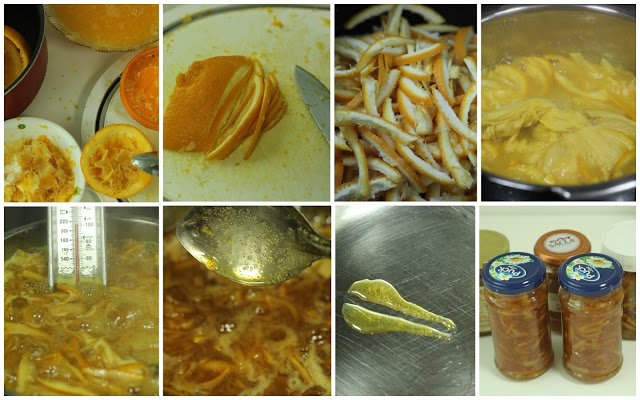
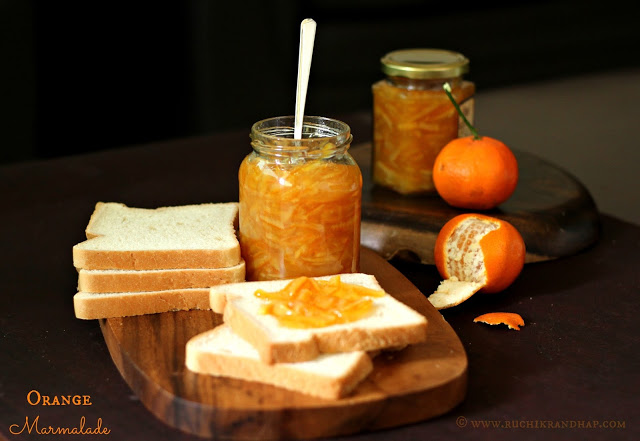
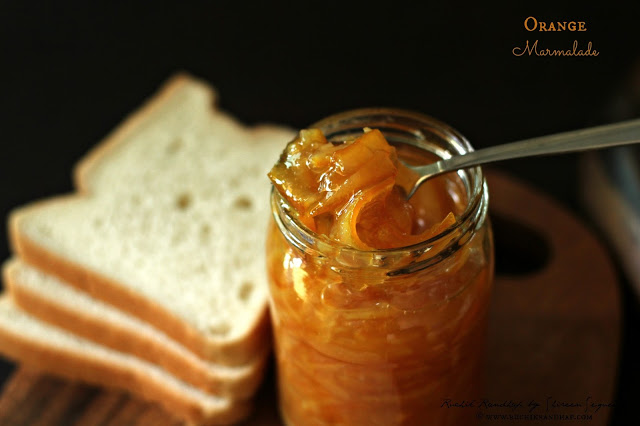
nice
Can I make it with keenu??
Yes you can make it with any oranges provided the skin is not too thick and tight or it will be hard for you to shred it and may turn a bit too bitter also
Hi Shireen… Just made this yesterday… I have to say…you take efforts in writing so much details about every dish you prepare…if one reads it carefully anyone can make it…. I can’t thank you enough…some of your recipes will be with me forever…. loved the Marmalade… No more store bought…I like mine bitter and less sweet…with your instructions it came out perfect to my taste… Love you girl…you are absolutely God gifted….
Hi Smita,
Thank you for the wonderful words..I am happy to know that my tips helped you so much! Your comment really made my day! <3
I made Orange jam. It came ossam. Pls send black grapes jam recipe. Thank u for ur delicious Jam recipe.
Thank you so much for the feedback! Happy to hear that 🙂